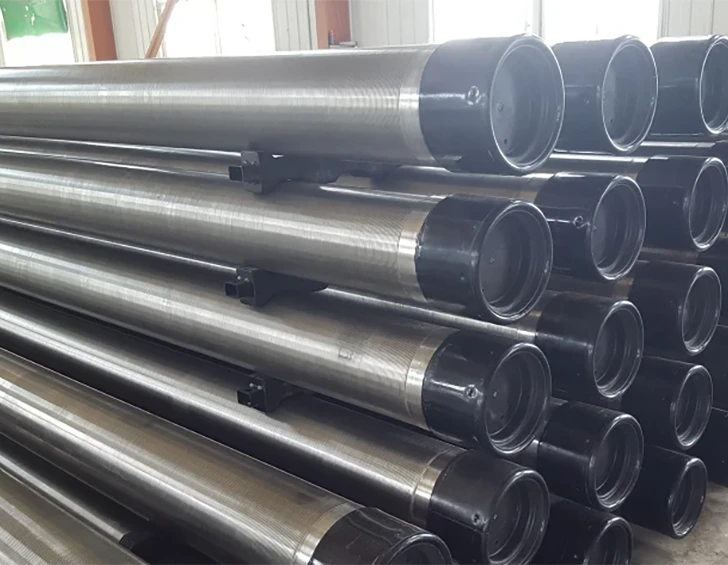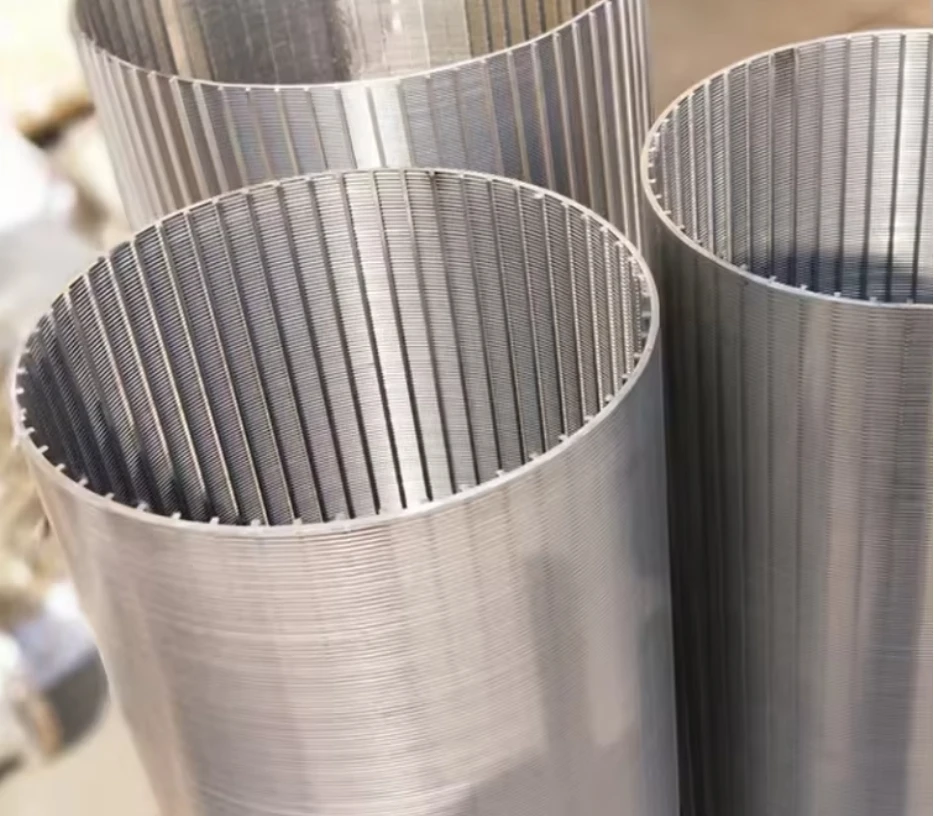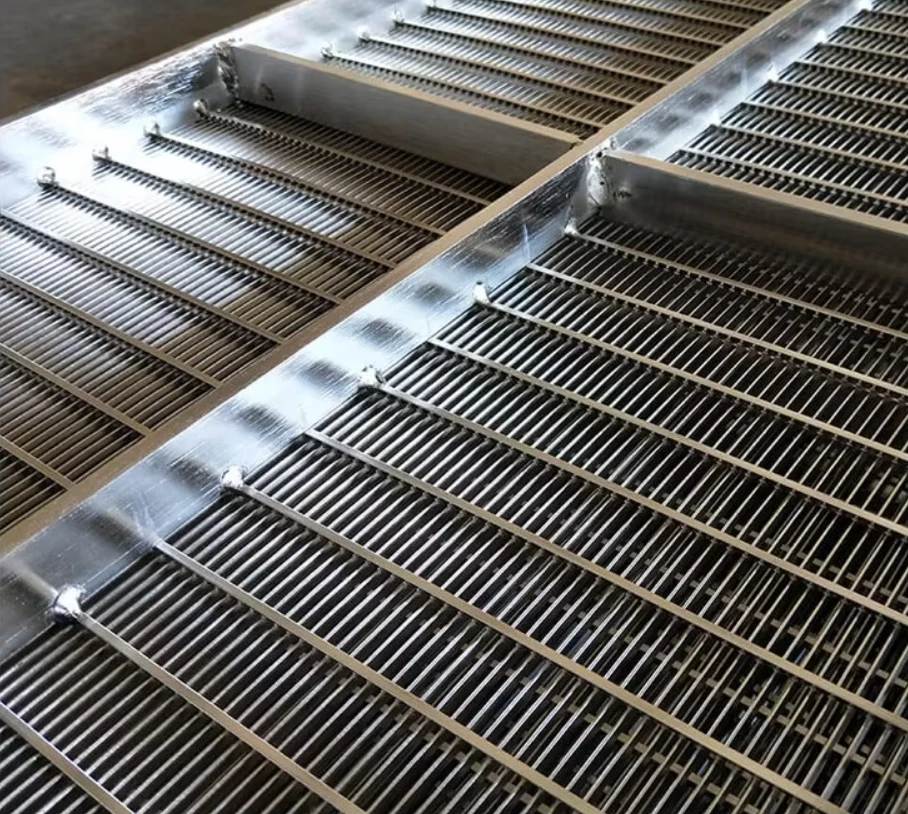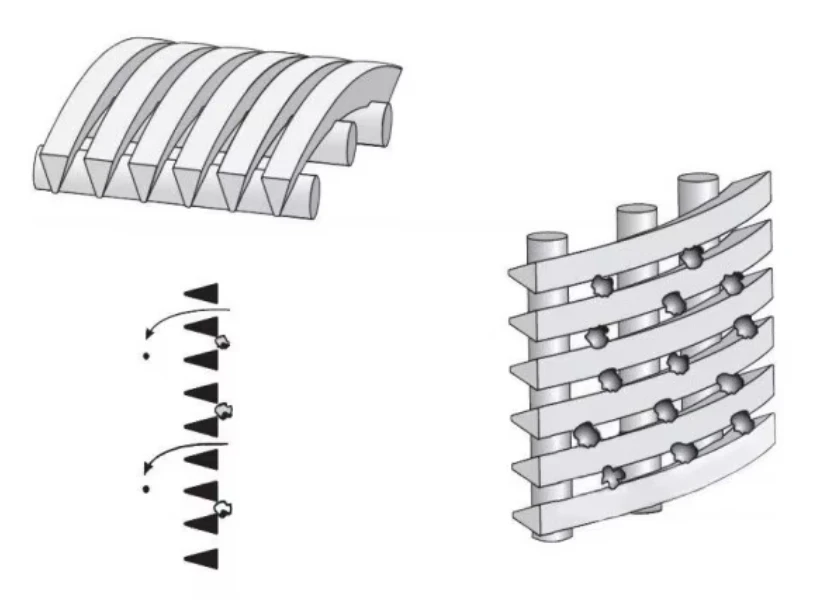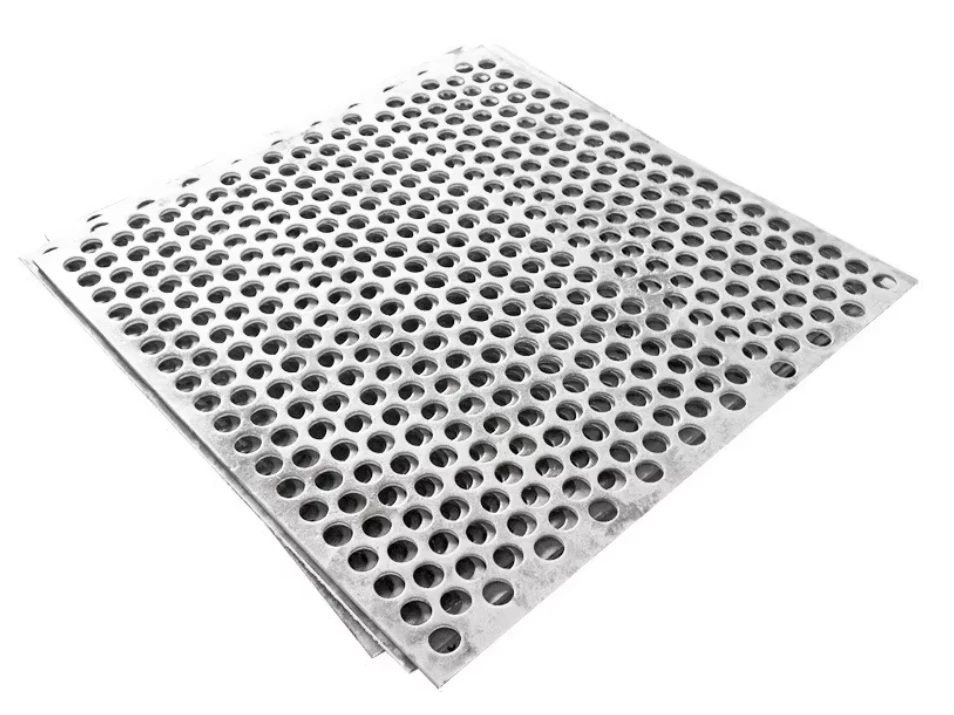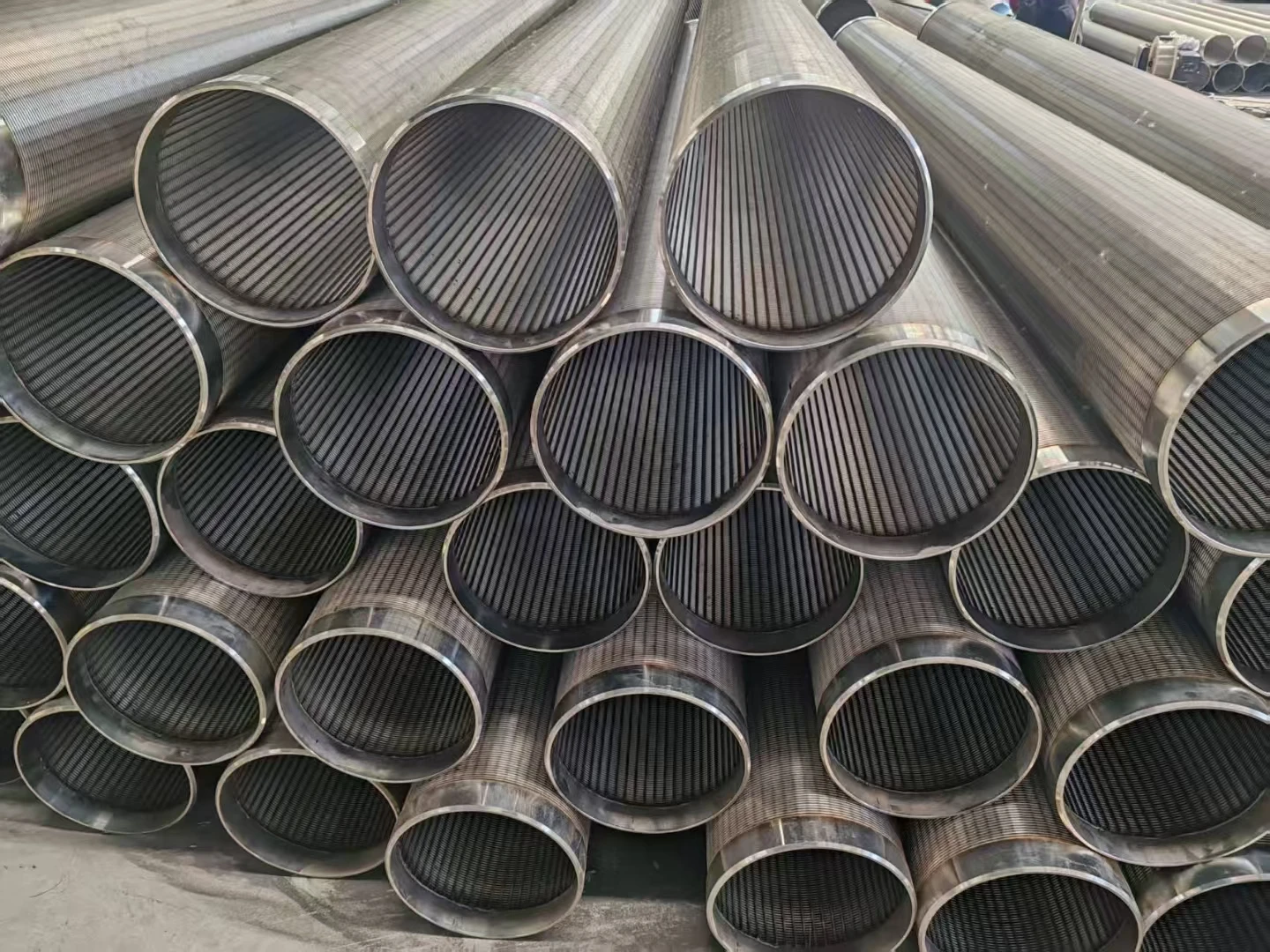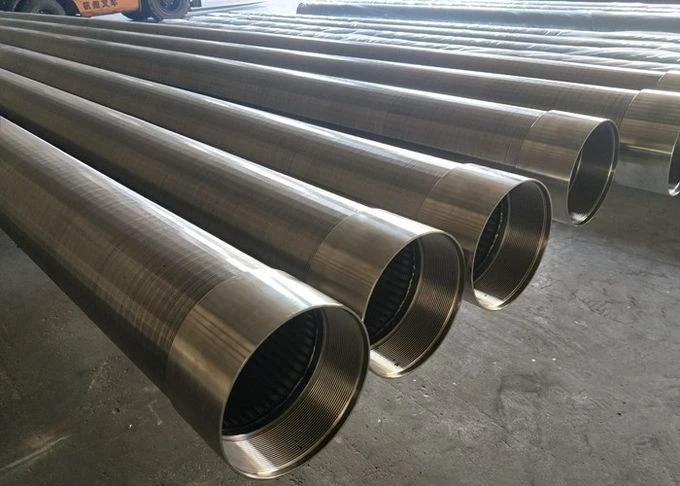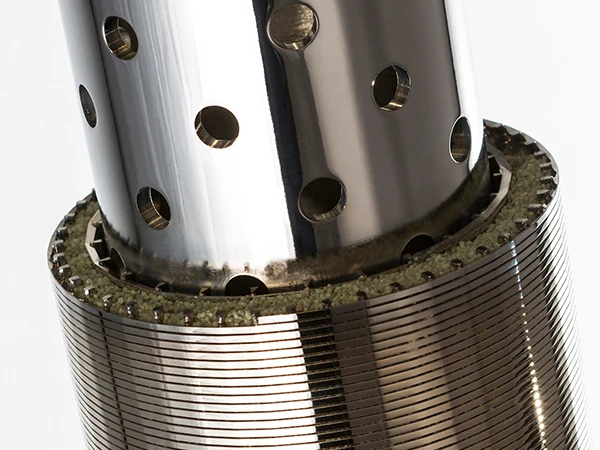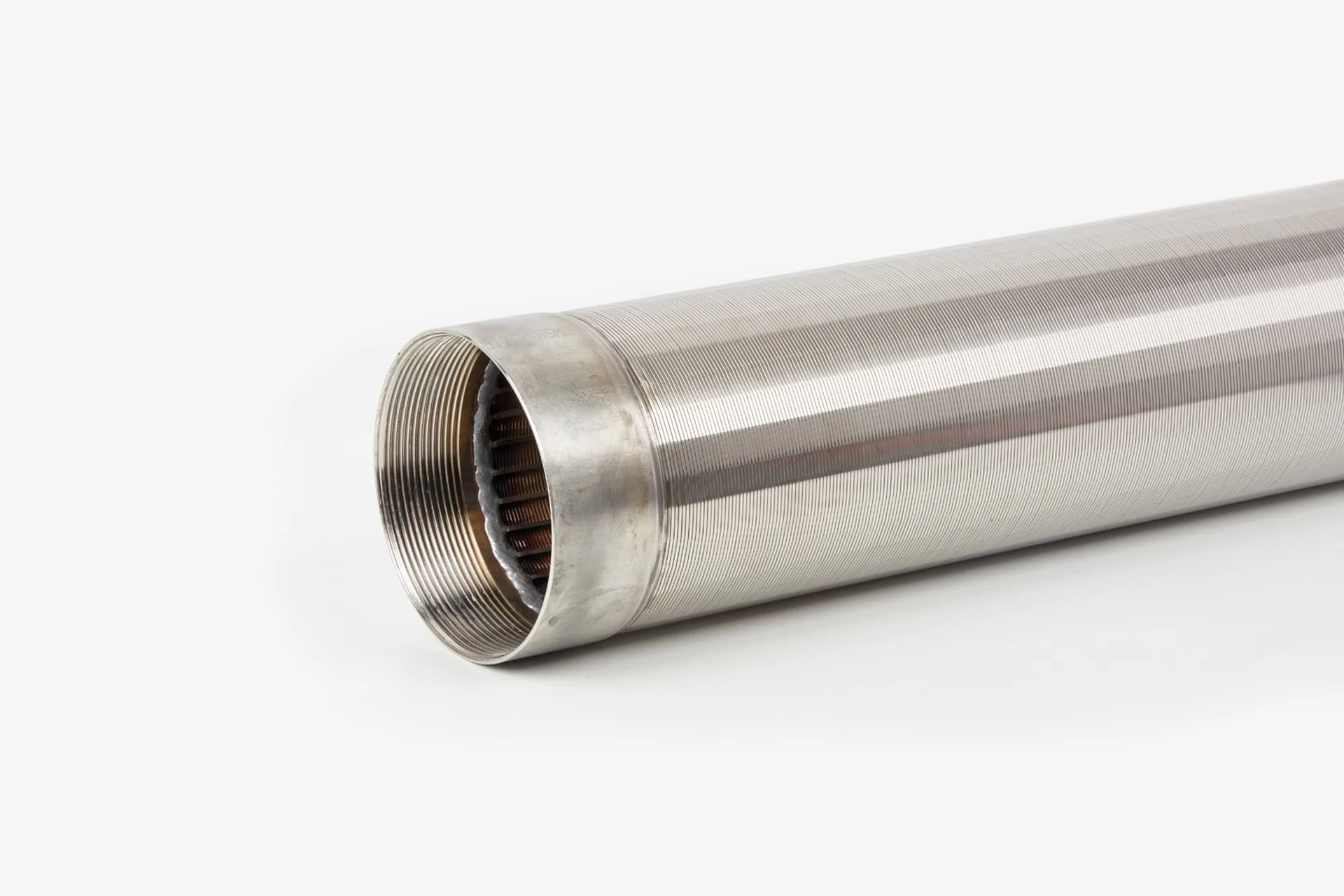- Introduction to Cylindrical Wedge Wire Screens
- Technical Superiority in Filtration Design
- Performance Metrics and Data Impact
- Comparative Analysis of Leading Manufacturers
- Custom Engineering Solutions
- Industry Applications and Case Studies
- Optimal Implementation Strategies

(cylindrical wedge wire screens)
Introduction to Cylindrical Wedge Wire Screens
Industrial separation processes demand precision-engineered solutions capable of withstanding extreme operational environments. Cylindrical wedge wire screens represent a fundamental advancement in filtration technology, characterized by their robust construction and versatile application profiles. These precision components feature continuous wire profiles resistance-welded onto support ribs, forming precision gaps ranging from 25 microns to 12 millimeters. The distinctive V-shaped wire geometry creates an unobstructed flow path while ensuring consistent aperture accuracy. As primary filtration media across water treatment plants, petrochemical refineries, and mining operations, their structural integrity prevents blinding and facilitates efficient backwashing cycles that extend service life beyond conventional mesh alternatives.
Unparalleled Technical Advantages
Unlike standard filtration media, cylindrical wedge wire designs offer intrinsic engineering benefits that translate into measurable operational efficiencies. The radial strength derived from continuous weld profiles provides 38% greater collapse pressure resistance compared to slotted pipe screens when subjected to hydrostatic loading exceeding 50 PSI. Slot geometry remains uniform regardless of screen diameter, maintaining precise micron-level separation throughout production cycles. The self-cleaning architecture prevents particle accumulation, reducing maintenance interventions by 67% according to refinery case studies. Furthermore, materials compatibility extends beyond 316L stainless steel to specialized alloys including duplex 2205, Hastelloy C-276, and titanium grades capable of resisting chloride-induced stress corrosion cracking in marine environments.
Performance Metrics and Data Impact
Quantitative analysis confirms the operational superiority of premium wedge wire screens over competing solutions. Water infiltration testing demonstrates 15-22 GPM/ft² flow rates under 10 PSI differential pressure - outperforming laser-cut alternatives by 40% in high-solids applications. Accelerated abrasion studies reveal less than 0.01mm material loss after 5,000 hours in slurry transport systems. Contamination retention data verifies consistent 99.4% particle capture efficiency across gravel-packed well installations when maintaining proper slot dimensions relative to formation gradation. Field reports document 22-30 year service intervals in municipal wells where conventional screens fail within 12-15 years, providing lifecycle cost reductions despite higher initial investment.
Market Comparison Matrix
| Manufacturer | Slot Tolerance | Max Temp Rating | Material Options | Lead Time |
|---|---|---|---|---|
| Supplier A Premium | ±0.025mm | 650°C | 4 Alloys | 8 weeks |
| Supplier B Standard | ±0.05mm | 480°C | 2 Alloys | 4 weeks |
| Supplier C Industrial | ±0.1mm | 380°C | 3 Alloys | 6 weeks |
| Supplier D Custom | ±0.015mm | 750°C | 9 Alloys | 12 weeks |
Certification standards further differentiate manufacturers, with ISO 9044 compliance ensuring geometric accuracy while API RP 61 validation confirms structural integrity for oilfield deployments. Quality discrepancies appear most prominently in weld penetration depth - premium producers maintain 90-100% fusion versus competitor averages of 75-85%, directly impacting fatigue resistance.
Custom Engineering Specifications
Successful implementation requires precise configuration according to hydraulic and particulate characteristics. Diameter optimization considers inflow velocity limitations, with standard sizes ranging from 4" to 60" accommodating 0.1-8m³/second flows. Slot specifications correlate directly to retention efficiency; uniform 0.5mm gaps combined with 45° wedge angles effectively filter 0.85mm particles according to Hazen's sedimentation principles. Connection systems merit careful evaluation - threaded NPT couplings suffice for low-pressure applications whereas flanged DIN 2635 connections withstand 300 PSI surge pressures in pumping systems. Case hardening treatments augment surface hardness beyond 45 HRC for mining operations processing 60,000 TPD coarse aggregates.
Field Implementation Evidence
Operational validation emerges from global installations addressing demanding separation challenges. Seawater intake filtration at Saudi Arabian desalination plants employs 40,000+ linear feet of super duplex screens resisting pitting corrosion while maintaining 98% flow integrity after 11 years. Canadian oil sands extraction utilizes 5-meter diameter baskets processing 1.2 million barrels daily with only 0.002% slot occlusion monthly. Agricultural irrigation districts report 35% reduction in sand pump wear after converting to custom-designed cylindrical variants optimized for variable well yields. Recently, geothermal energy applications have deployed titanium versions sustaining 40-year design life calculations despite constant exposure to hydrogen sulfide at 150°C thermal cycling.
Optimal Implementation Strategies
Maximizing cylindrical wedge wire screens
functionality requires integrating geological, hydrological, and mechanical parameters during specification phases. Formation analysis should determine precise slot dimensions through sieve-equivalent particle distribution studies, not merely aquifer grain estimates. Hydraulic modeling must account for turbulence effects in production zones where Reynolds numbers exceed 10,000. Post-installation protocols include establishing baseline differential pressure measurements for comparison during diagnostic well rehabilitation. Recent innovations incorporate PLC-controlled backflush sequences synchronized with production cycles to maintain permeability without interrupting flow. As industrial operations confront increasingly complex filtration demands, proper specification of wedge wire solutions delivers quantifiable long-term operational advantages over alternative technologies.
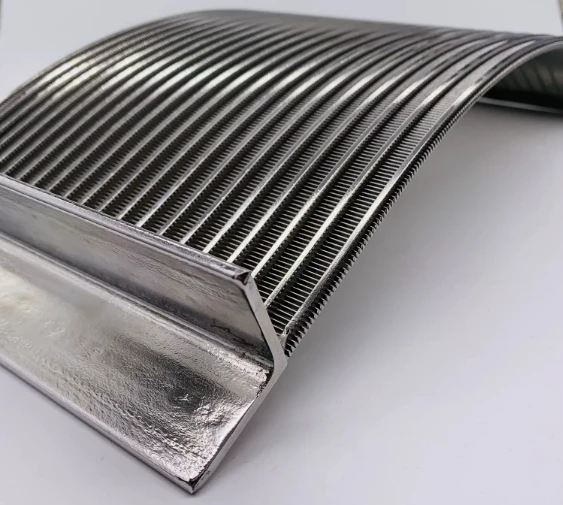
(cylindrical wedge wire screens)
FAQS on cylindrical wedge wire screens
Q: What is a cylindrical wedge wire screen?
A: A cylindrical wedge wire screen is a filter made from V-shaped wires formed into a tube. It excels in precision filtration for liquids or gases. This design ensures smooth flow and clog resistance.
Q: Where are cylindrical wedge wire screens commonly applied?
A: These screens are used in water wells, oil extraction, and wastewater treatment. They handle particle separation in industrial settings. Often integrated into well screens, they ensure reliable groundwater filtration.
Q: How do cylindrical wedge wire screens function in well screens?
A: As part of well screens, they filter sand and debris from water sources. Their robust construction supports high-flow environments. This prevents contamination during groundwater extraction.
Q: What defines a static wedge wire screen?
A: A static wedge wire screen is a fixed filter without moving parts, used in sieving systems. It employs wedge wires for stable separation in applications like sedimentation tanks. This non-dynamic approach minimizes maintenance needs.
Q: What advantages do wedge wire screens offer over alternatives?
A: Benefits include superior durability, corrosion resistance, and customizable slot sizes. They provide efficient, self-cleaning filtration with low energy use. This leads to cost savings in industries like mining and petrochemicals.

